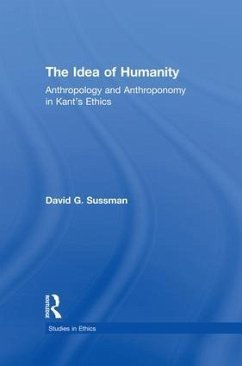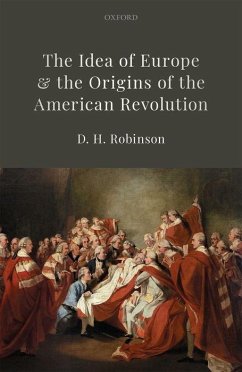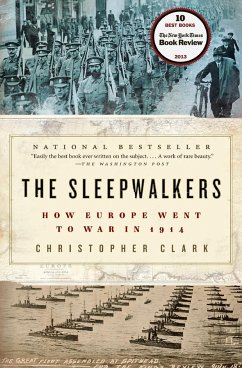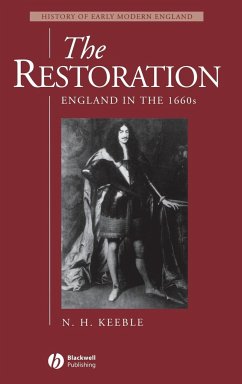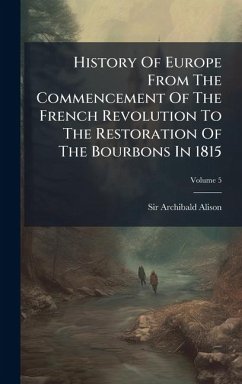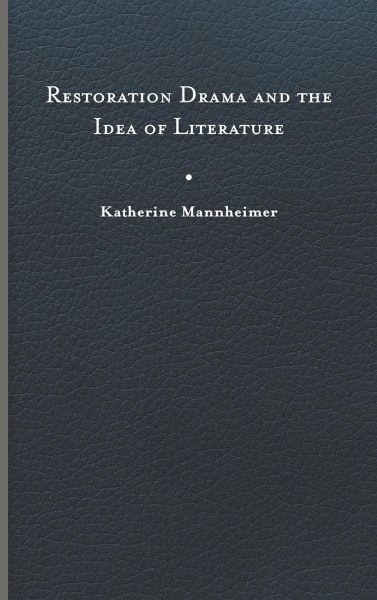
Restoration Drama and the Idea of Literature
Versandkostenfrei!
Versandfertig in 1-2 Wochen
130,99 €
inkl. MwSt.
Weitere Ausgaben:

PAYBACK Punkte
65 °P sammeln!
From 1642 to 1660, live theater was banned in England. The market for printed books, however--including plays--flourished. How did this period, when plays could be read but not performed, affect the way drama was written thereafter? As Katherine Mannheimer demonstrates, the plays of the following decades exhibited a distinct self-consciousness of drama's status as a singular art form that straddled both page and stage. Scholars have commented on how the ban on live performance changed the way consumers read plays, but no previous book has addressed how this upheaval changed the way dramatists ...
From 1642 to 1660, live theater was banned in England. The market for printed books, however--including plays--flourished. How did this period, when plays could be read but not performed, affect the way drama was written thereafter? As Katherine Mannheimer demonstrates, the plays of the following decades exhibited a distinct self-consciousness of drama's status as a singular art form that straddled both page and stage. Scholars have commented on how the ban on live performance changed the way consumers read plays, but no previous book has addressed how this upheaval changed the way dramatists wrote them. In Restoration Drama and the Idea of Literature, Mannheimer argues that Restoration playwrights recognized and exploited the tension between print and performance inherent to all drama. By repeatedly and systematically manipulating this tension, these authors' works sought to court the reader while at the same time also challenging emergent concepts of "literature" that privileged textuality and print culture over the performing body and the live voice.





